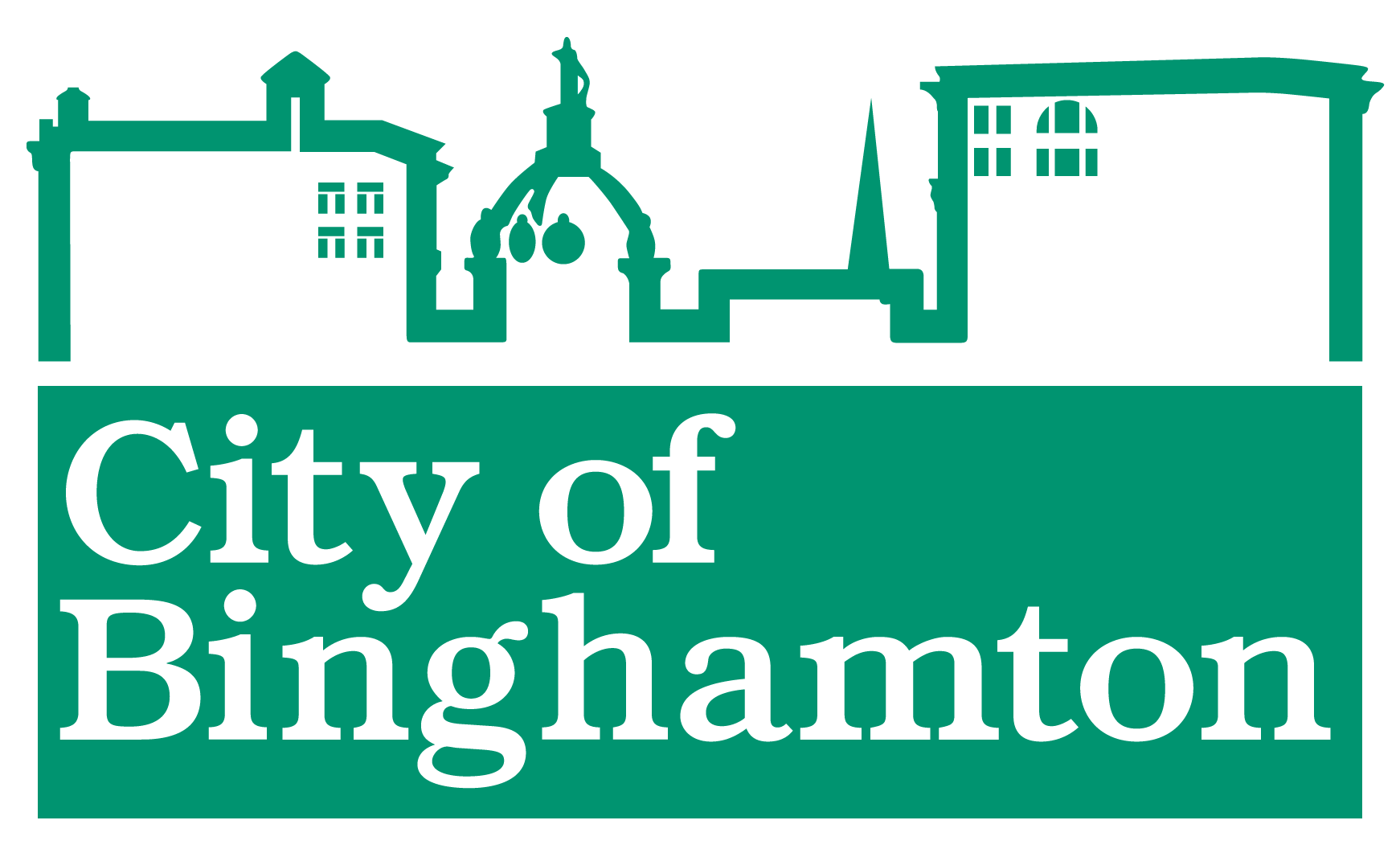The Vision Statement presented below was developed with community input. Throughout this survey, you will be asked your opinion regarding how well each proposed project fulfills the goals developed in support of this vision statement. Our intent is to create a slate of projects that will be the most transformative for our community and the Clinton Street Neighborhood. Please let us know what you think!
VISION STATEMENTClinton Street will offer a welcoming, eclectic, and safe atmosphere fostering innovation, entrepreneurship, and commercial activity while retaining its rich cultural and historical heritage. Development of new and existing properties, expanded affordable housing, new construction on vacant lots, rehabilitation of existing historic structures, and enhanced public spaces will support existing community members, serve the First Ward neighborhood, welcome visitors, and establish an improved gateway in the City of Binghamton.
GOALS
1. Maintain a strong sense of local community and historic character in the First Ward and on Clinton Street while improving the area’s visual appeal and safety.
- Protect and restore buildings that contribute to the historic character of the area.
- Repurpose vacant lots, unattended buildings, and empty storefronts.
- Create a mixed-use corridor with housing, retail, workplaces, and cultural venues.
- Provide features and services that improve safety and cleanliness for area residents, employees, and visitors.
- Support venues and activities that create a neighborhood-focused environment.
2. Establish Clinton Street as a destination with a unique variety of shops, creative businesses, industries, and entertainment.
- Support the growth of commercial establishments and existing retail clusters along Clinton Street.
- Improve wayfinding and branding to promote local businesses and destinations.
- Balance the need for parking for local businesses with the needs of pedestrians, cyclists, and rideshares.
- Support venues for entertainment, arts, and culture.
3. Enhance the area’s physical public spaces to improve walkability and connectivity within the community, and to downtown Binghamton and the surrounding neighborhoods.
- Enhance streetscapes through improved sidewalks, lighting, trees, plantings, green infrastructure, waste receptacles, and public art.
- Increase transit mobility by improving infrastructure for all, including pedestrians, people with disabilities, bikes, buses, and electric personal transportation such as scooters.
- Incorporate Crime Prevention Through Environmental Design (CPTED) principles
4. Increase opportunities in housing, activities, and employment for people in the community and from a variety of income levels and backgrounds.
- Create living accommodations that are affordable to the local workforce, seniors, and families.
- Recruit new businesses and grow job opportunities for local residents.
- Promote workforce training in coordination with new and existing businesses and programs.
- Support improvements to local recreational facilities and community services.

